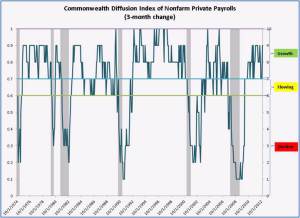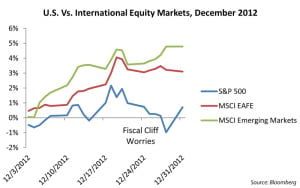Over the past couple of weeks, significant progress in financial regulation has been made at both the U.S. and international levels, and most people don’t care. (Nor should they, in many ways.) Yet, there have been a couple of developments that are relevant to the average person.
First, though, let’s look at a broad picture of why banks matter. If the country had to operate with each individual or business using its own assets, growth would be very limited. Banks (or other lending institutions, but let’s keep it simple) allow those with extra capital to provide it, for a fee, to those who need the capital and are willing and able to pay for it. The bank acts as an intermediary and takes its own fees. Everyone benefits: the depositor, who gets paid; the borrower, who gets access to capital; and the bank, which also gets paid.






